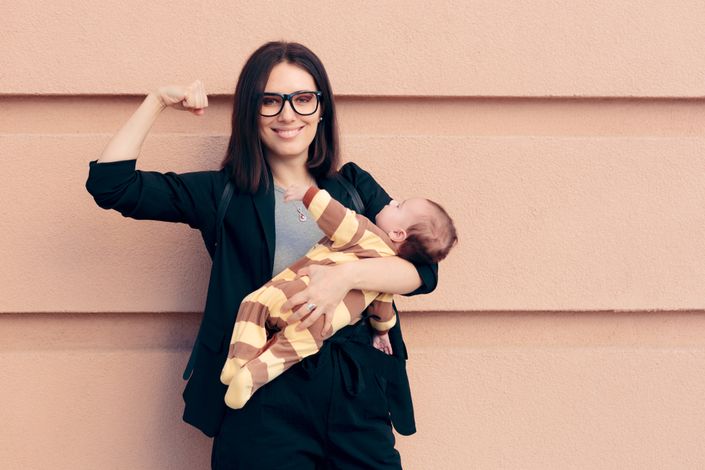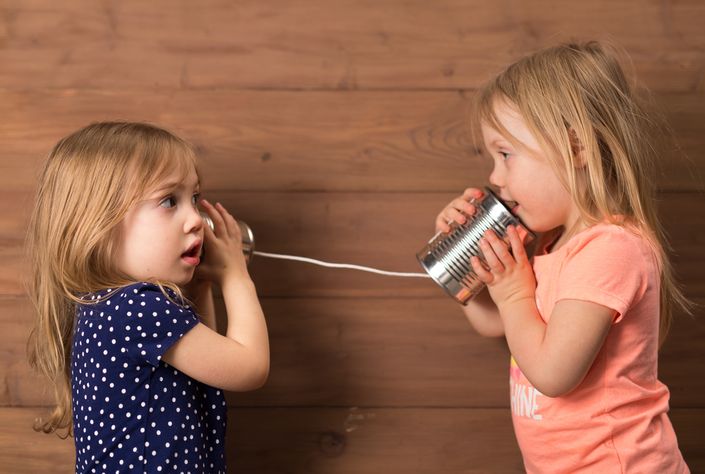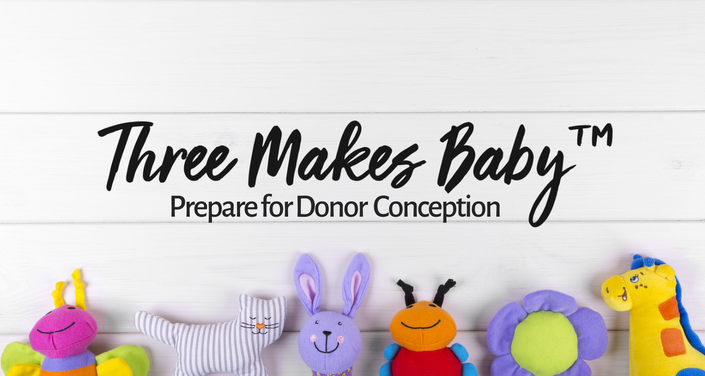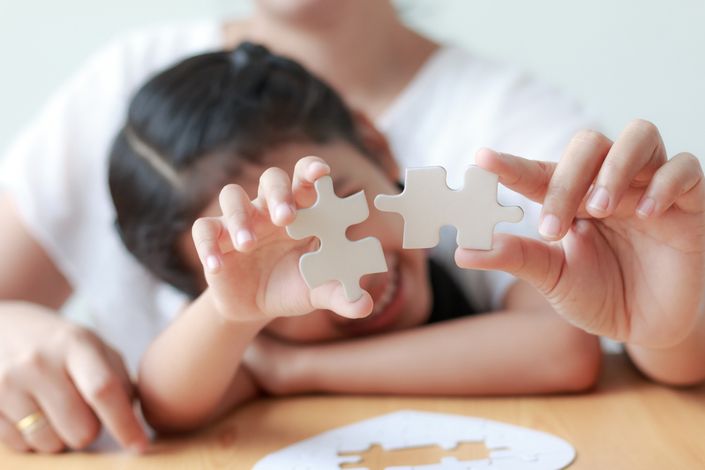
I've been through it too.
When I was deep in my own grieving, I began to see it as a series of waves. I thought about being at the beach: as you wade out deeper, the waves, like grief, start to take you over. Sometimes they knock you down without warning.
In between the waves, there’s a calm. You feel okay again, maybe even hopeful. But then another unexpected wave comes crashing in. Some waves destabilize you. Others knock you completely off your feet.
I used to believe that every time a wave hit, I was starting over. I thought, “I’m back at the beginning. No progress. No healing.”
But over time, I learned something powerful: progress was happening, even when it didn’t feel like it. Every time I stood back up, every time I floated through another wave, I was moving forward.
I created this course to help you surf the waves of grief, just like I did.
This isn’t about avoiding the pain. It’s about learning how to stay afloat, how to breathe, how to find solid ground again. I want you to know: you’re not alone.
xo, Jana
Uncover the Hidden Grief
Explore the quiet losses like the absence of a genetic connection or the lost dream of family building that may still be impacting your emotional journey.
Grief Can Disrupt Bonding
Unresolved grief can make it harder to fully connect with your child. Naming it is the first step toward healing and deeper attachment.
Turn Pain into Presence
Honor your grief so you can show up more fully, building lasting trust, connection, and resilience in your relationship with your child.
In this course, you’ll learn:
• How to ride the unpredictable emotional waves of grief
• Why grief isn’t linear and why that’s okay
• Tools and reflections to help you steady yourself after setbacks
• Gentle guidance so you can honor your unique grieving process
This course is for you if:
• You feel like you’re “back at square one” every time grief resurfaces
• You long for tools that feel gentle, not forced
• You want support from someone who’s walked this path
What You’ll Get:
• PDF of Three Makes Baby Workbook ($12.99 value)
• 11 expert-led modules combining video, guided reflection, and therapeutic tools
• 3.5+ hours of emotional insight, designed to support you in understanding and processing your unique grief
• Journaling prompts to help you connect with your story and navigate complex feelings with compassion
• A private, self-paced experience rooted in the real-world conversations I have with clients every day
Course Curriculum

Three Makes Baby Book
DO YOU KNOW—Most Common Concerns Intended Parents Have about Donor Conception?
Millions of people dream of having a baby but struggle for years with infertility or seek other unconventional ways to build a family. In an era of new options in reproductive medicine, many couples are using a third person’s egg, sperm, or embryo to conceive. Having a child with another person’s genetics is complex. Couples have concerns about how donor conception will affect their future family life, especially their child. Confusion and fear can leave parents feeling unequipped on this path to parenthood. Shame and unresolved grief about infertility create silence around a controversial topic that needs a voice. Secrets can hurt a family.
A fertility counselor addresses your urgent questions:
Why should we tell our child we’re not genetically related?
How do we tell our child about donor conception?
And when is the best time?
What if my child is upset?
What if I don’t feel like the real parent?
Will others treat our family differently?
Should we keep the donor a secret?
You can learn to overcome fears that make you want to keep a secret—yet maintain your family’s privacy. This book offers education and awareness so parents can guide their donor-conceived children through various stages of development with age-appropriate conversations.

Three Makes Baby Workbook
Prepare to Use a Donor Three Makes Baby Workbook is the companion workbook to Three Makes Baby-How to Parent Your Donor-Conceived Child.
This workbook is designed to help readers work through Rupnow’s “Five Common Fears About Donor Conception”. Drawing on a more than a decade of professional experience with couples, Rupnow created twenty simple exercises to offer readers a way to identify their current attitudes, thoughts and feelings as they contemplate donor conception.
In this accessible workbook, self-tests, pointed questions, and journaling will help readers learn to apply the concepts outlined in Three Makes Baby-How to Parent Your Donor-Conceived Child. Brand new to this working edition is an illustration of the Carlile Grief Model (New Dream/Old Dream) and Thirty Questions to Ask Your Donor Program to be a more informed participant in the donation process. A bonus exercise written for the kids, uses game analogies to teach children how to respond to challenging questions from their peers.
Whether worried about your child’s feelings, being the legitimate parent, or coping with social differences, this book offers a practical way to cope with the confusing thoughts and emotions that arise on the path to growing your family in a non-traditional way. The twenty exercises were written to give the reader clarity and help couples communicate about their specific concerns, feeling more empowered to make the best decisions for their family.
Fertility psychotherapist, Jana Rupnow, interviews parents, donor conceived individuals and professionals about the challenges and dilemmas of assisted reproductive technology baby-making and the expect-able tensions between positive and negative feelings that come along the way when, instead of baby makes three; three makes baby.








